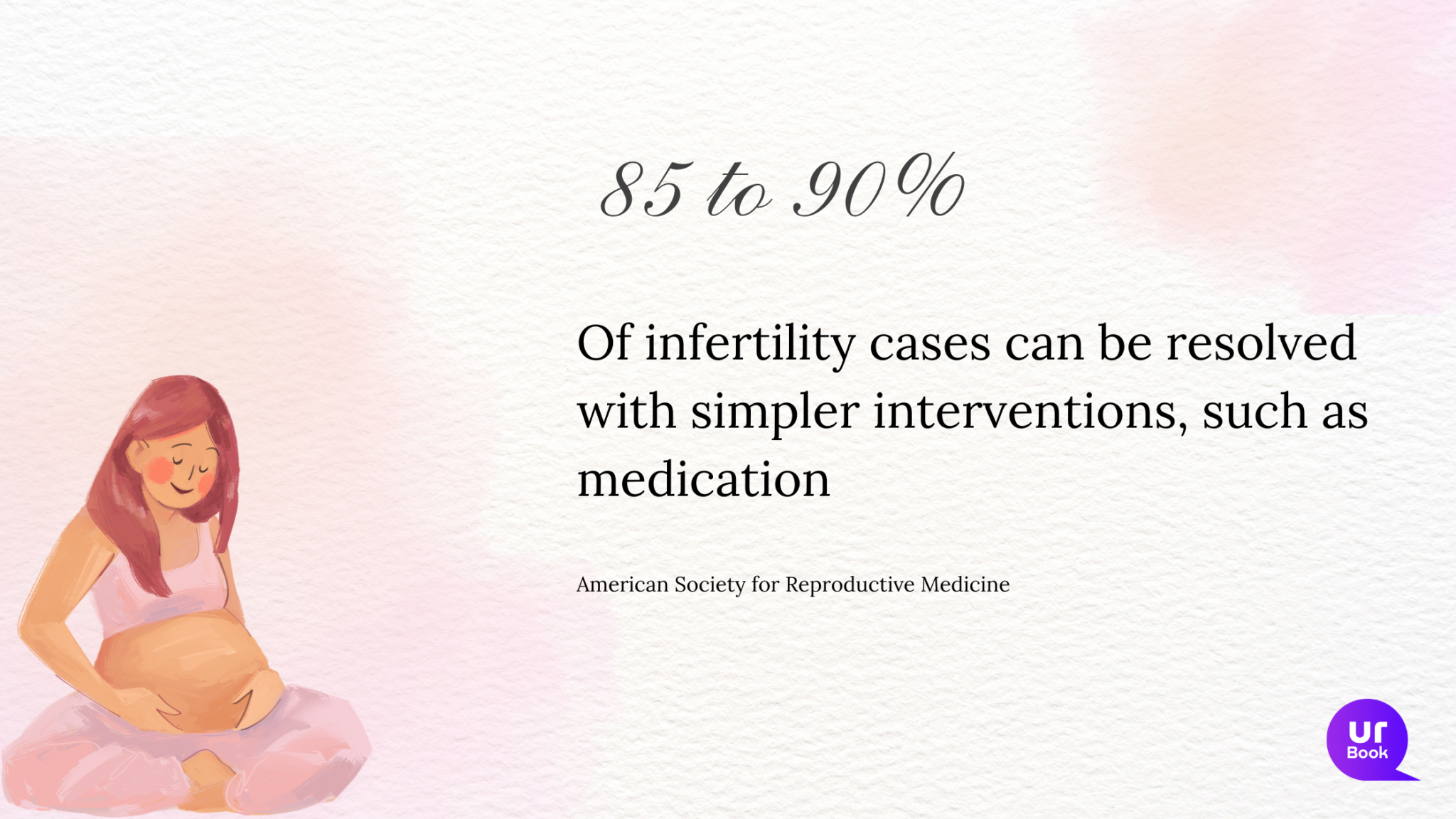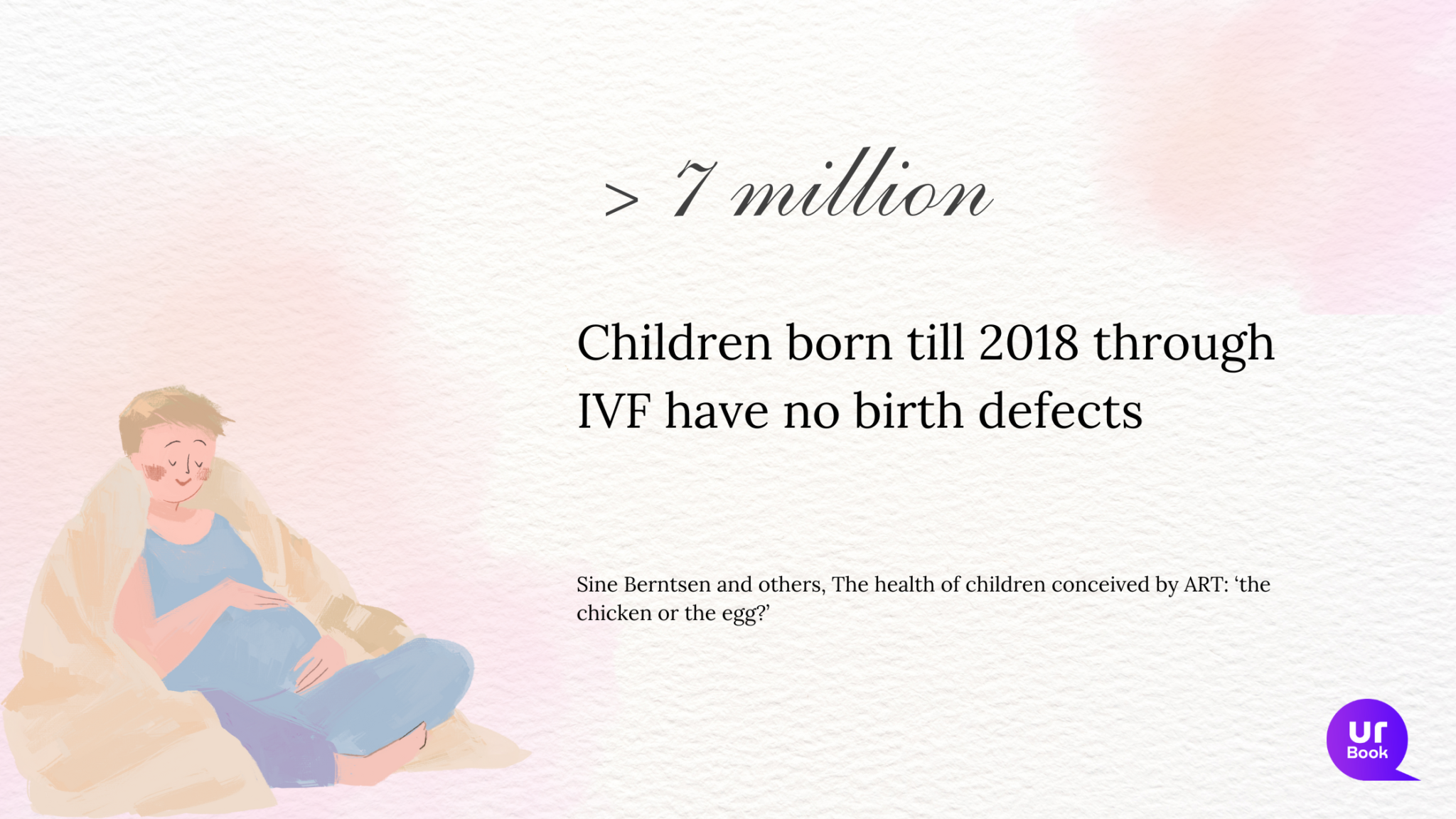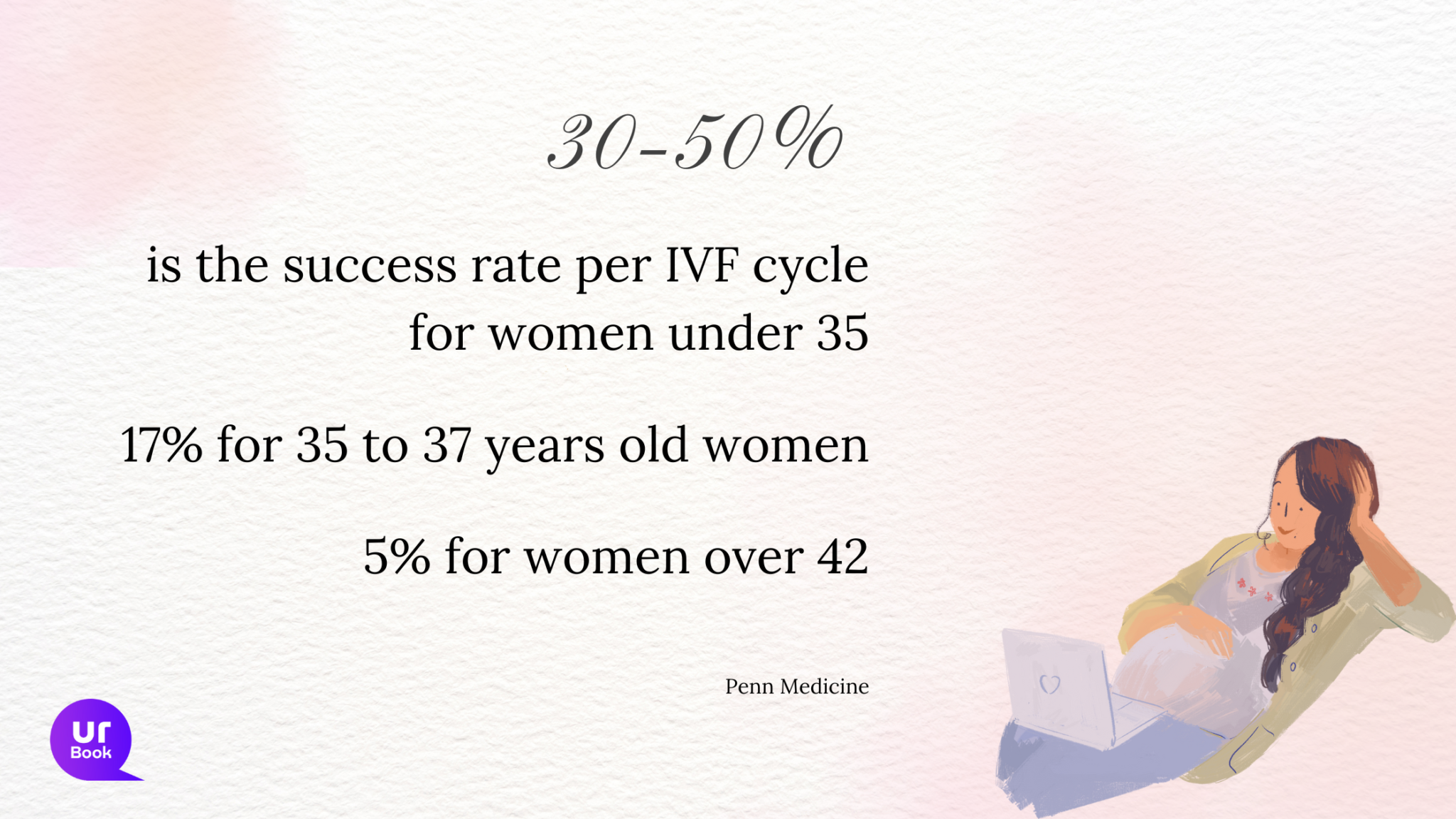
Parenting is a beautiful journey but recently couples are witnessing that becoming a parent is getting harder. 1 in 6 people around the world have fertility issues. But the introduction of Assisted Reproductive Techniques (ART) offers hope to countless individuals and couples struggling with infertility. Among these techniques, in vitro fertilisation (IVF) is the most effective and widely known.
Yet, misconceptions and misinformation cloud IVF. With that as the backdrop, today, we unravel common myths surrounding IVF with evidence-based facts.
What is IVF?
In vitro fertilisation, or IVF means fertilising an embryo outside a human body. In an IVF treatment, eggs and sperm are collected and then placed in a petri dish together, where they combine to create embryos. These embryos are then transferred into a woman 3–5 days later.
In some cases, only one embryo is transplanted, and the rest are frozen for future use. This kind of IVF treatment is called frozen embryo transfer (FET). Another type of IVF is intracytoplasmic sperm injection (ICSI), where sperm is directly injected into an egg. This technique is used when there are issues with male infertility.

Myth about IVF #1: It’s the first step in fertility treatment
IVF is, in fact, not always the first step towards parenthood. Most healthcare professionals advise other less invasive fertility treatments like medication, lifestyle changes, or intrauterine insemination (IUI) first as most couples are able to conceive with them. Only a smaller percentage of cases require IVF to become parents.
Myth about IVF #2: It guarantees a successful pregnancy
In recent years, the IVF success rate has improved significantly, reaching almost 50% for women under 35. That said, there is no guarantee for every couple.
The reason is simple. There are too many factors at play. From age to egg and sperm quality, from underlying health issues to the embryo’s quality, everything influences the success rate of IVF.
Myth about IVF #3: It always results in multiple pregnancies
Originally, a woman was implanted with multiple embryos during the IVF treatment to ensure higher probability of success. So, the likelihood of multiple babies became one of the risks of IVF pregnancy.
But it’s a fact that most twin births happen through natural conception. Moreover, given that IVF and ART treatments have advanced far now, you can elect for single embryo transfer (eSET). It reduces the incidence of multiple pregnancies without compromising success rates.
Take, for instance, 35- to 37-year-old women who undergo IVF. The success rate for them is 39.3–40.4%. Of these, 94.3% are singletons, 5.6% are twins, and only 0.1% are triplets or more.
Myth about IVF #4: In-vitro fertilisation treatment increases cancer risk
A prevalent myth suggests that the medications used in IVF treatment can increase the risk of cancer, particularly breast cancer. However, the review of two dozen studies spanning two decades shows that there is no connection between the two.
Then why does this myth about IVF persist? Because infertility itself increases the risk of cancer due to certain genetic factors, people confuse that with IVF causing cancer.
Myth about vitro fertilisation (IVF) #5: It’s for older women
Age can be a factor in deciding the appropriate time for IVF, but it is not exclusively reserved for older women. It’s an option for younger women with tubal issues, endometriosis, and unexplained infertility. It’s also effective for male-factor infertility.
Myth about vitro fertilisation (IVF) #6: It has higher birth defects
Research shows that the risk of birth defects in IVF babies is just 1.22 times higher compared to naturally conceived babies. Read that again.
A mere 1%, meaning the majority of IVF babies are healthy. And it’s unclear if the increased risk is due to the IVF treatment or the infertility itself.
Moreover, embryos can now be tested for defects through preimplantation genetic testing before they are transferred. This reduces the risks further.

Myth about vitro fertilisation (IVF) #7: IVF is physically and emotionally taxing
The IVF process can be emotionally challenging due to its uncertainties and complexities. That’s a fact. But not all individuals experience extreme distress.
Research indicates that the emotional impact is diverse, with many women feeling less anxiety and a sense of empowerment after IVF. Support systems, counselling, and educational resources can further mitigate the emotional challenges associated with IVF.
Know the truth about vitro fertilisation (IVF)
Bringing a child into this world was never an easy job. It’s also a fact that many couples struggle to get pregnant. Fortunately, in-vitro fertilisation has transformed the landscape of infertility treatments.
While myths and misconceptions persist, we urge you to approach IVF with accurate information, tailored medical advice, and a supportive network.
If you’re having trouble growing your family, reach out for help.
Consider using QurBook to find a healthcare professional who can help you achieve your dream of parenthood.


